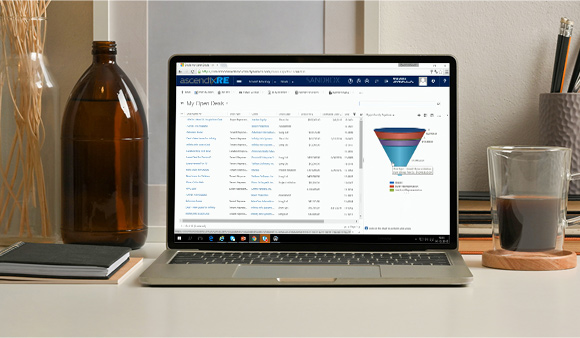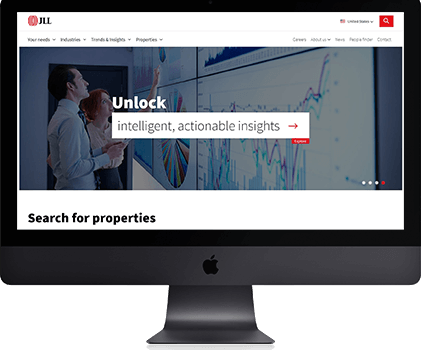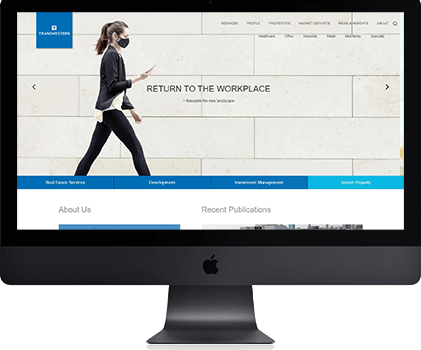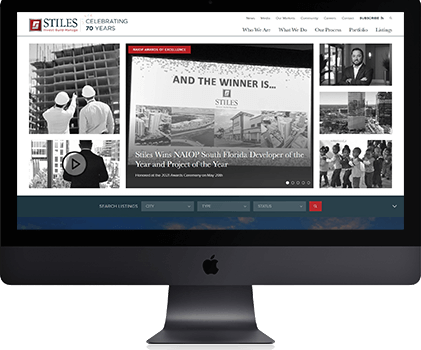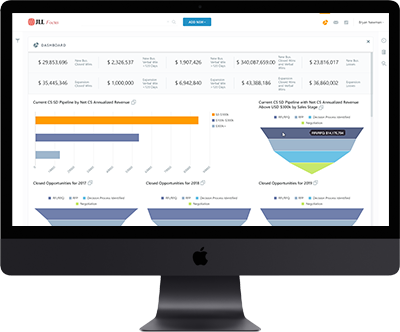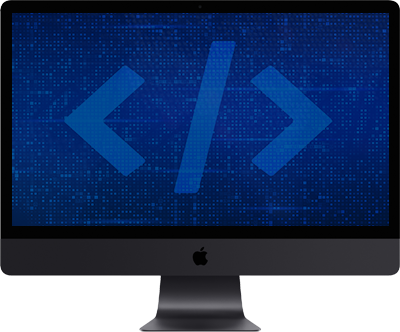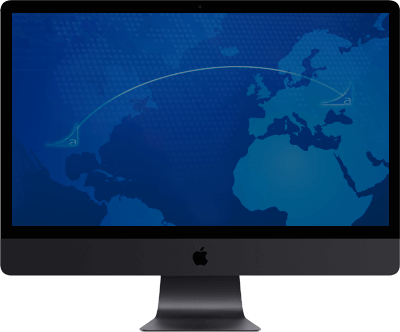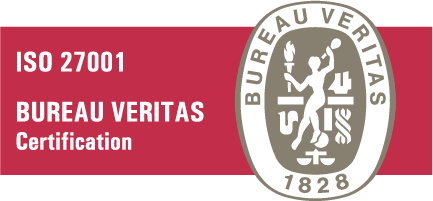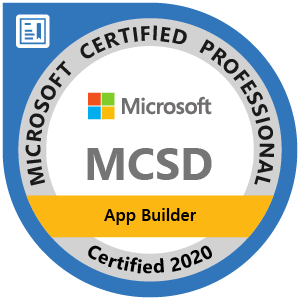One-stop Microsoft Dynamics CRM Consultant & Developer Since 2003. Implement and Love Dynamics 365 with Our Help!
How JLL Increased CRM Adoption by Six Times
JLL is a Fortune 500 real estate and investment company with nearly 92,000 specialists in 230 offices. For more than 10 years of partnership with JLL, we’ve helped multiple offices worldwide re-engineer their CRM usage, create apps for vendor management, brochure, and report generation.
